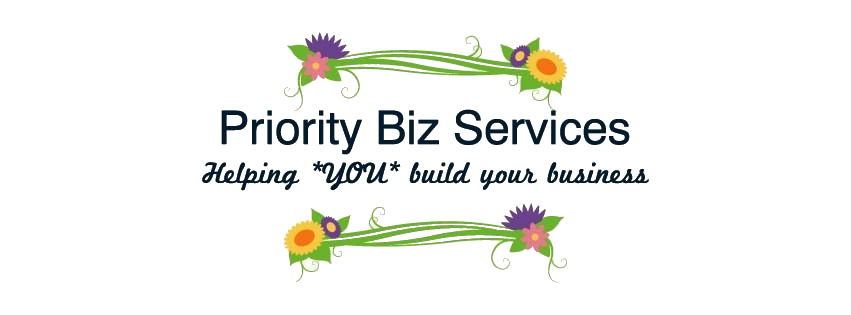Have you tried problem solving through discussion, brainstorming and a whole lot of creating with your hands? Well, then you need to try what is called Rapid Prototyping.
Think about a challenge you are currently dealing with at work or at home. Then follow the steps below to start coming up with incredible solutions – while having fun.
What’s the purpose of doing this?
Rapid Prototyping forces you to start generating ideas to problems you’re stuck on. The aim of building a physical prototype isn’t so much to get an accurate representation of the solution, but rather to force you to get off your computer and work with your hands (which can help you see things from a different perspective and get away from the distractions of your everyday work) and give you something to work with when you’re trying to explain your solution to others.
How to prepare:
You don’t need much to get started. All you need is to have a problem in your mind that needs to be solved. For materials, you could go to a craft store to get some supplies or you could work with whatever you have lying around. You would need items like modelling clay, paper clips, chopsticks etc, however, the less materials you have, the more creative you will be forced to be.
Gather a few things from around the office – sticky notes, scissors, coloured paper, tape, paper clips etc but don’t feel like you have to have a whole lot of supplies.
Although you can do Rapid Prototyping alone, it’s a lot more fun (and easier to generate better ideas) with another person or a team so see if your co-workers are willing to join you.
You need to set up a few ground rules: the most important rule is to stop your technology from distracting you. The easiest would be not to allow any phones, tablets, laptops etc in the room. You could put your phone on silent and put it on a table in the corner, provided you are disciplined enough to ignore it when it “rings”.
Next, you need to grab a timer and stick to the allotted times for each step of the activity. By compressing time, you actually get better ideas, faster.
Here’s the process you need to follow:
Step 1: Immersion: Time = 5 minutes
Start by reviewing all the information you have about the problem you need to solve and make notes (on the sticky notes so you can work with them later). Where are you now? What do you know about what people want or what could be improved? What are other people doing that you like?
If it’s not something you feel you have a ton of personal experience with, you could sneak a phone or computer into the room (for this step only) and quickly scan any research that has already been done in the area, such as user surveys or articles reporting on data on the subject you’re discussing.
Step 2: Insights: Time = 5 minutes
Now take all your sticky notes and look for connections within them. Are there common threads that stand out? Are there any ideas you could group together into a bigger concept? What surprising things stand out to you?
Can you see why it’s useful to write on sticky notes? You can move and group similar ideas to help you draw those connections.
Step 3: Strategy: Time = 10 minutes
Now, with all this information you have, it’s time to brainstorm ways to address your problem. You want to come up with many ideas, and not be held back by anything that sounds “too crazy”.
Depending on the size of the original question you started with, you may need to hone it in a little at this point.
Step 4: Design: Time = 10 minutes
Now, pick one of the strategies you find most interesting and build a prototype of it. Depending on what you’re working on, prototypes can take a lot of different forms: a storyboard, a paper prototype or a physical sculpture.
The prototype you create does not need to be perfect or functional. It just needs to tell the story of your solution in a way that’s quick and easy for people to understand and that allows you to start seeing how your solution could play out in reality.
The result:
Will the solution and design you come up with during this activity be the final answer to your problem? Probably not, but you will definitely have started to generate ideas, and you’ll have a solid jumping off point to build on. It’s not about what you’re building, but about what happens afterwards.
Take the prototype you’ve created, and think about ways it could be improved or added to. Take it to your team (your manager, boss, wife, significant other) and get their thoughts and ideas. Go through this activity again to come up with more solutions until you feel yourself getting closer to the result you want.
Just doing this activity will help you get closer to your solution. It will force you to start coming up with ideas and open your mind to more creative ones.
What problem has this helped you solve?
Let me know at #PriorityAdminDiva


























